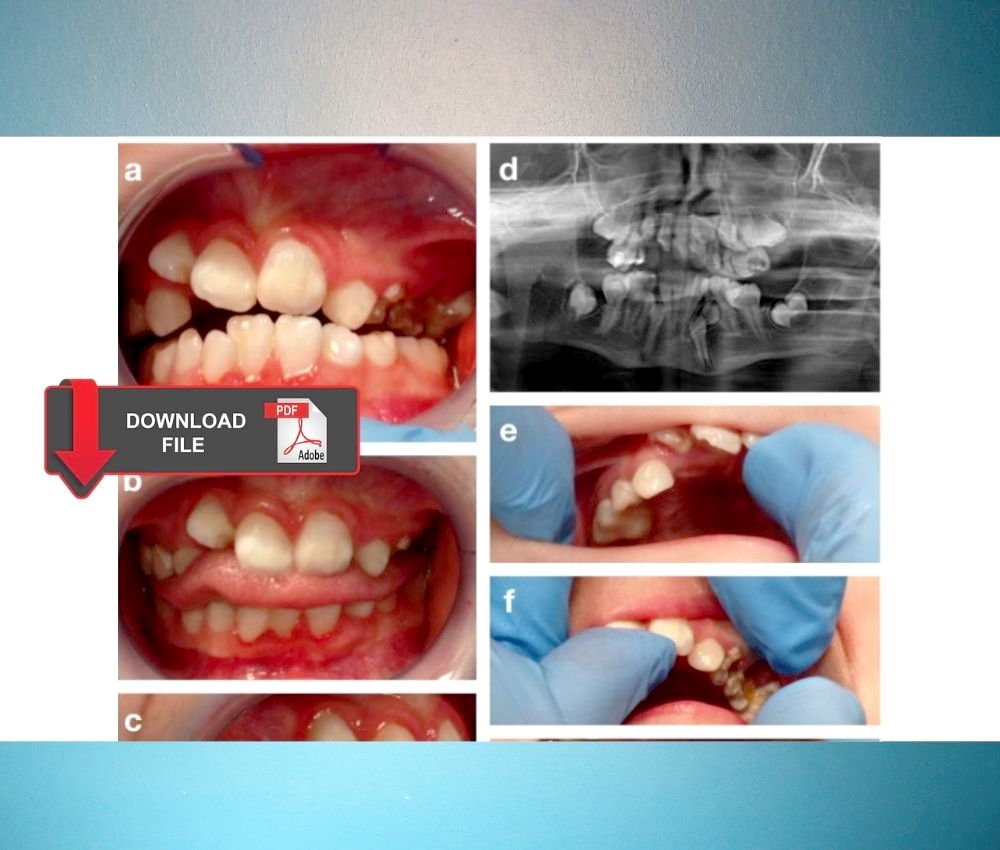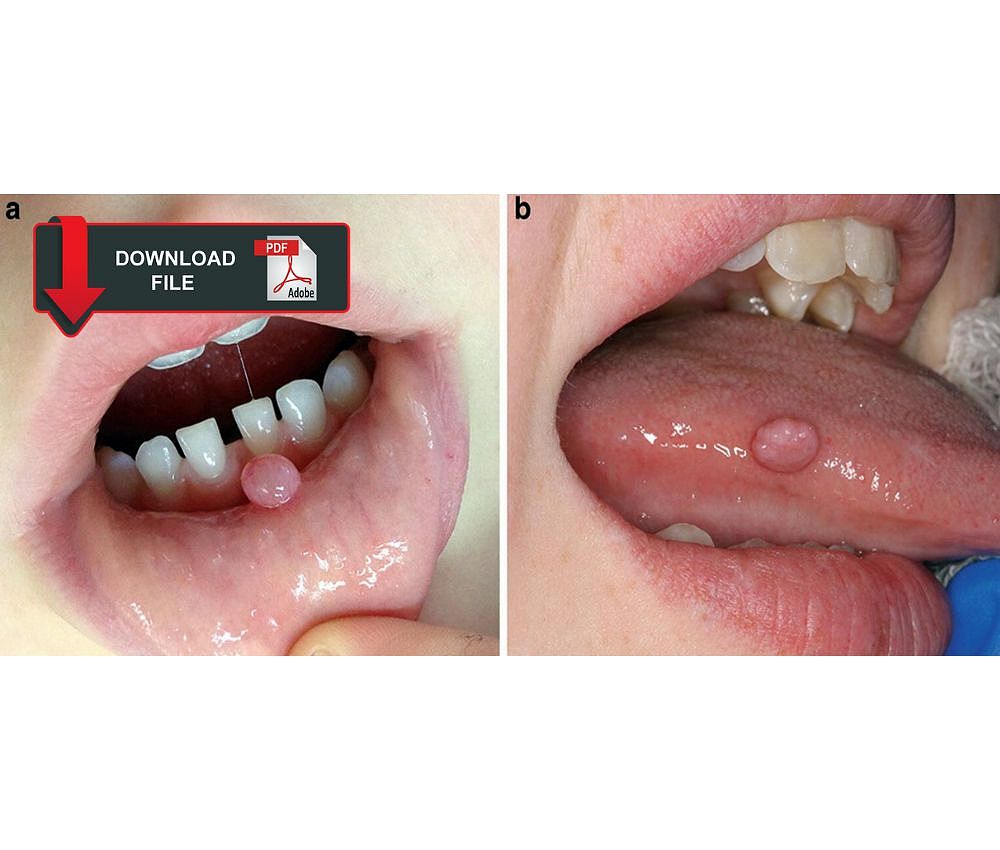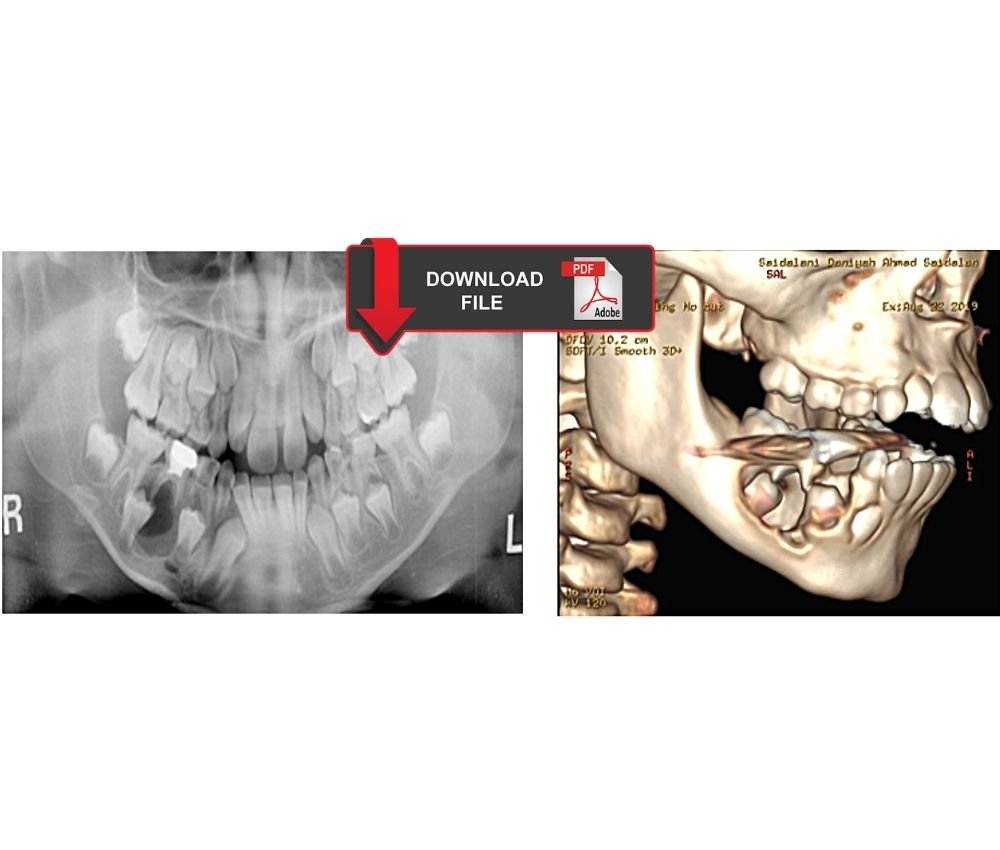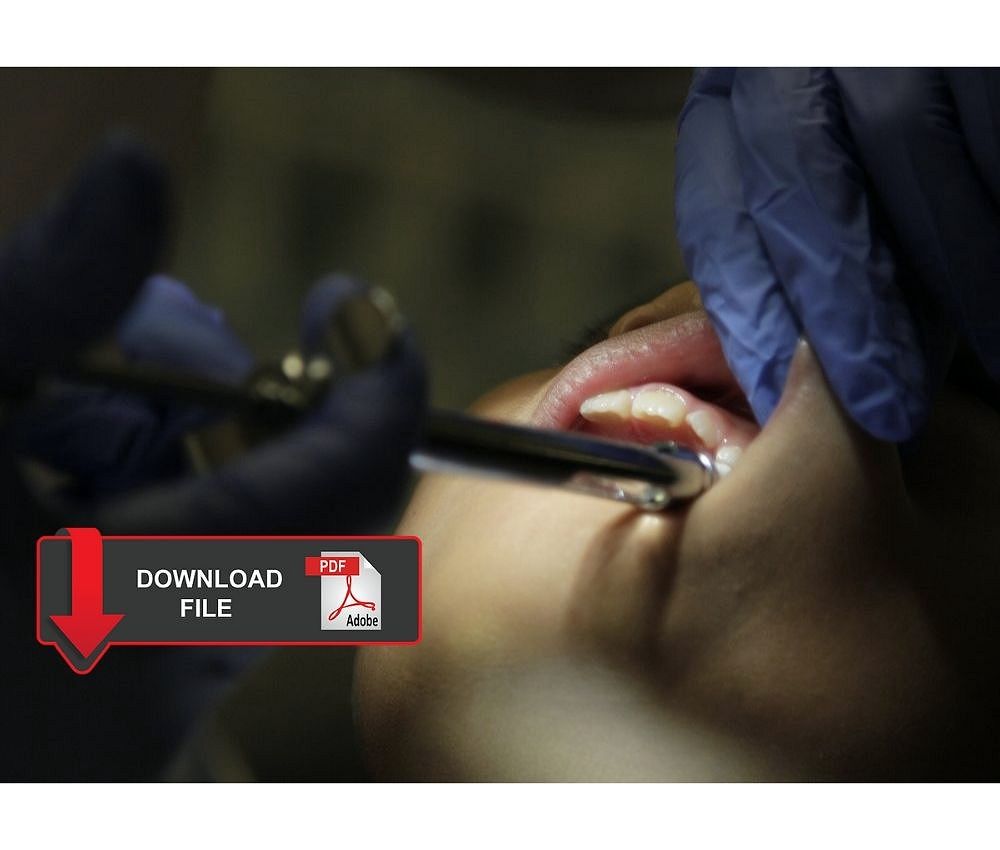Craniofacial malformations are congenital and come from poor development of the first and second brachial arches, sometimes they are associated with a syndrome. The causes are varied, they can be due to infection, radiation or chemicals.
Syndromes are a group of signs and symptoms that occur together and characterize a disease, may be of known or unknown etiology. There is a great variety of syndromes and craniofacial malformations, and each one of them has different characteristics that it is necessary to know.
Advertisement
We share a complete review of different malformations and craniofacial syndromes taking into account their dento-oro-maxillofacial characteristics, and presenting cases of dental interest.
RECOMMENDED ARTICLE
Guide for the surgical management and oral pathology of the pediatric patient
Guide for the surgical management and oral pathology of the pediatric patient
Salerno, C.; D’Avola, V.; Oberti, L.; Almonte, E.; Bazzini, E.M.; Tartaglia, G.M.; Cagetti, M.G. Rare Genetic Syndromes and Oral Anomalies: A Review of the Literature and Case Series with a New Classification Proposal. Children 2022, 9, 12. https://doi.org/10.3390/children9010012
You may also like :
► Marsupialization of a large mandibular cyst in a pediatric patient - Clinical Case
► Oral breathing: new early treatment protocol
► Mandibular tumors in pediatric patients. Report of 04 cases of aggressive tumors
























